- California Assembly OKs highest minimum wage in nation
- S. Korea unveils first graphic cigarette warnings
- US joins with South Korea, Japan in bid to deter North Korea
- LPGA golfer Chun In-gee finally back in action
- S. Korea won’t be top seed in final World Cup qualification round
- US men’s soccer misses 2nd straight Olympics
- US back on track in qualifying with 4-0 win over Guatemala
- High-intensity workout injuries spawn cottage industry
- CDC expands range of Zika mosquitoes into parts of Northeast
- Who knew? ‘The Walking Dead’ is helping families connect
K-pop idol groups draw world’s attention to Korean culture
SEOUL, Sept. 20 (Yonhap) — The ongoing trend of “hallyu,” or the global following of Korean pop culture, has led the outward expansion of Korean culture to the world. K-pop has attracted many people around the world to Korean-made cultural products.
According to data provided by the Korea Creative Content Agency, a state-run cultural institution, the size of the South Korean music market stood at 4.8 trillion won (US$4.3 billion) at the end of 2015, up 2.7 times from a decade ago.
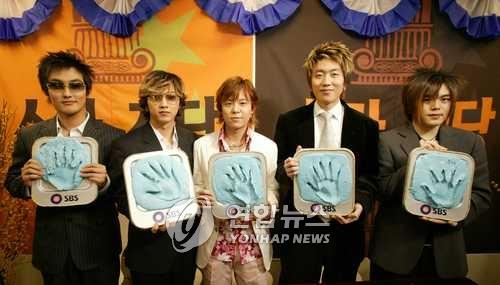
This file photo shows the five-member K-pop boy group H.O.T., which dominated the K-pop scene from 1996-2001.
The two-decade history of hallyu arguably began with the debut of the K-pop boy group H.O.T. in 1996.
The five-member act was the first K-pop band to stage concerts in the Beijing Workers’ Gymnasium in China, drawing some 10,000 fans. Local media described the craze as “hallyu,” which later became a common label for the popularity of Korean celebrities.
While idol groups prospered earlier in the Japanese pop industry, the “first generation” K-pop idol group founded a new idol culture with a unique South Korean style. In addition to mellow love songs, the group staged a number of hit songs, such as “Line Up,” “Hope,” “I Yah” and “Outside Castle,” simmering with social messages that went against existing taboos and stereotypes.
H.O.T.’s debut came in September 1996, eight months after the retirement of the pop rock-hip-hop trio Seo Taiji and Boys. Teenage female fans, the primary target of idol boy bands in those days, were fast to pick up the transition from rock to dance-pop. With the success of H.O.T., talent management agencies fueled continued efforts to set up a winning formula for idol groups, which could easily be reproduced and marketed in large numbers.
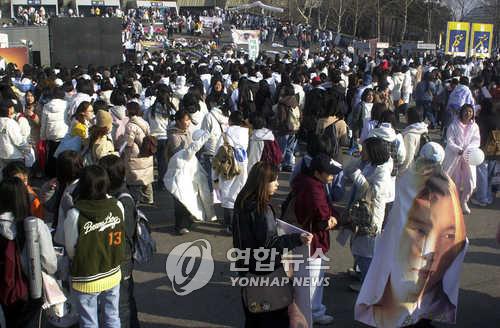
This file photo shows South Korean fans heading to see the good-bye concert of the South Korean boy group H.O.T., which dominated the K-pop scene from 1996-2001.
H.O.T. was one of the early hits from the idol incubation system of its agency, S.M. Entertainment. The country’s largest entertainment company trained its stars in a systematic way, from singing and dancing to learning foreign languages — something that wasn’t done by Chinese and Japanese idol makers in those days.
The year 2001 marked both the disbandment of H.O.T. and the Japan debut of K-pop solo diva Boa, also of S.M. Entertainment. In 2002, Boa topped Japan’s leading music chart Oricon, showing K-pop’s foreign market potential. Similarly, the singer-actor Rain enlisted himself among the U.S. magazine Time’s 100 most influential people in 2006, directing South Korean entertainment giants to the Western Hemisphere.
Following the jackpot of H.O.T., S.M. Entertainment introduced all-girl idol group S.E.S., which also was a bankable success.
Multiple entertainment companies followed suit, developing an ideal production model for idol groups, sometimes at the expense of musical artistry.

South Korean girl group Girls’ Generation performs during the 23rd Seoul Music Awards in Seoul on Jan. 23, 2014.
The “second generation” K-pop idol groups were heralded by TVXQ, which had five starting members. S.M. Entertainment, the band’s agency, pinpointed China as its largest overseas target from the start. The group’s name and members’ stage names were created to suit the tastes of Chinese locals.
After TVXQ’s debut, S.M. Entertainment introduced more idol groups — Super Junior, Girls’ Generation, SHINee and f(x) — that were popular in Japan, China and Southeast Asian countries. Similarly, YG Entertainment, the country’s second-largest agency, presented BigBang and 2NE1, eyeing the global market. JYP Entertainment, the third-largest player, brought Wonder Girls, 2PM and 2AM to the K-pop scene.
After 20 years, idol groups’ market value in the Korean music industry has only grown larger.
Korean pop culture has also gained more of a diverse following. Although idol culture was once considered only for teenagers, the industry has now embraced more age groups, especially those in their 30s and up.
One of the leading groups that benefited the most from the new trend turned out to be the K-pop boy group BigBang of YG Entertainment. Having wielded strong influence in plenty of non-music sectors as well — high and street fashion, art, cosmetics, retail and e-commerce — the five-member hip-pop group established itself as one of the most recognized K-pop bands on media outlets and social network services.
Despite the short-lived lifespan of idol groups, BigBang has been a successful model of longevity and marketability. The 10th anniversary special concert of BigBang drew some 65,000 concertgoers from home and overseas to Seoul this year despite the scorching summer heat.
The “third generation” idol groups started marketing themselves globally as soon as they hit the scene.
S.M. Entertainment launched the boy band EXO in two units, Korean and Mandarin, labeled EXO-K and EXO-M. JYP Entertainment’s A-game girl group TWICE has international members from Japan and Taiwan. YG Entertainment added a Thai member to BlackPink, its first girl group in seven years.
In addition to active business partnerships and acquisition deals with foreign companies, South Korean entertainment agencies even reached the point of exporting their idol creation system to China, Vietnam and Thai.
“The incubating system is a complete solution that includes vocal and dancing training programs, as well as a K-pop songwriting and producing system,” said Lee Sang-yoon, a cultural content consultant at the state-run Korea Trade-Investment Promotion Agency.
“K-pop has made outstanding progress in establishing itself as a distinctive genre in the global music market. The change is explicit, as seen in the case of the U.S. Billboard charts that now run a separate K-pop chart.”
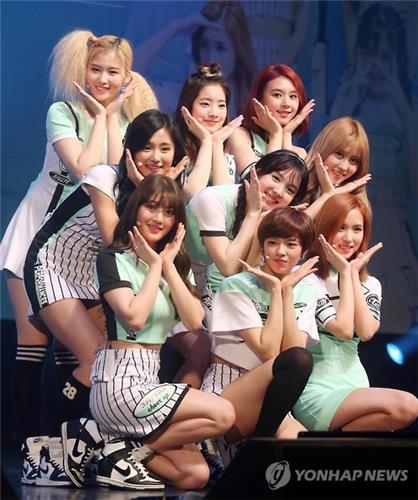
Members of the South Korean girl group TWICE perform in a media showcase event for their new song “Cheer Up” in southeastern Seoul on April 25, 2016.








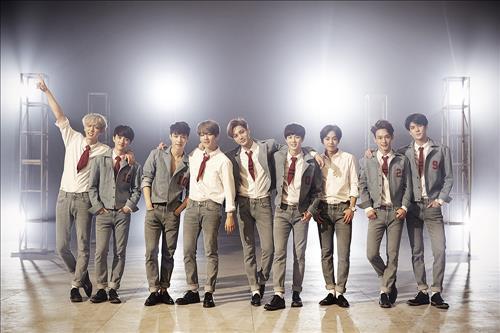
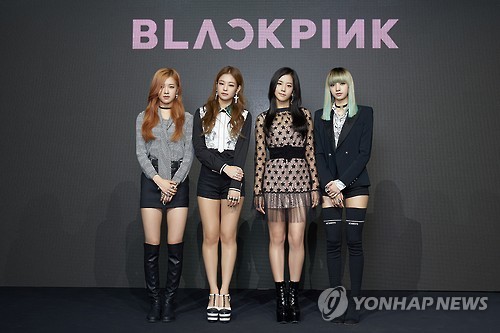





a salad
September 21, 2016 at 6:40 AM
iceFilms.info – Globolister